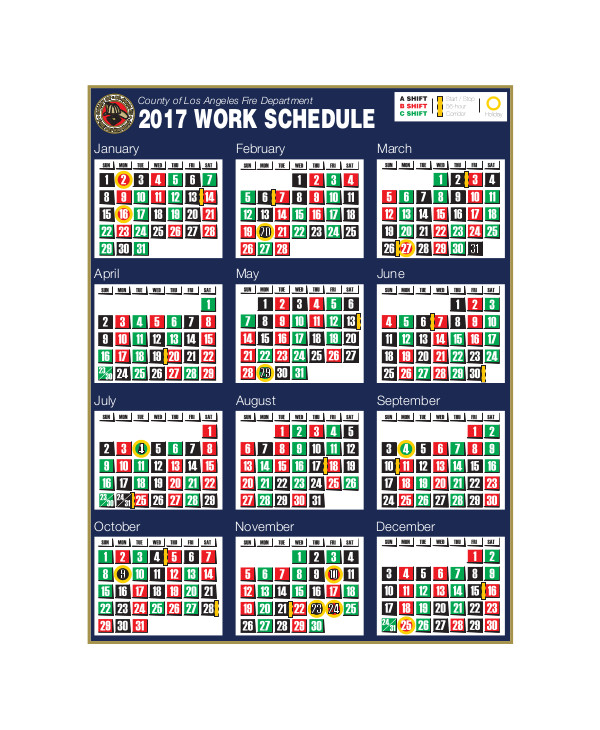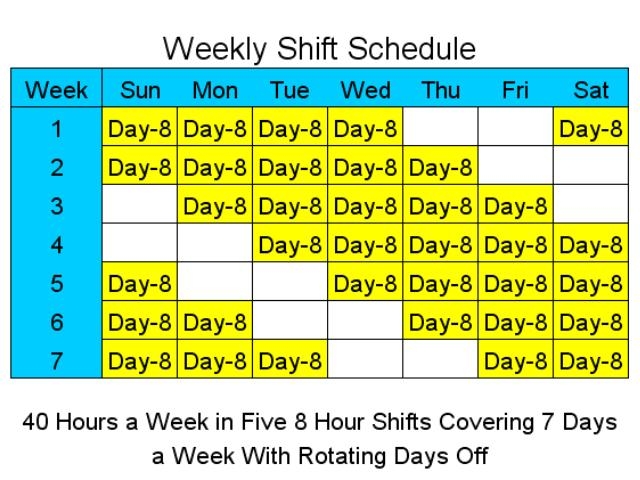

With a smaller staff, there may also be less competition for these spots. As a 2nd shift employee, you’re more likely to get the status of a keyholder to gain access to the building. It gives you an opportunity to gain more trust from your employer. Keyholder Statusīeing a keyholder often earns a higher level of respect from your colleagues and looks good on your resume. Working in more parts of the facility gets you more familiar with different machines and tools and shows your employer that you’re versatile and willing to learn. If you’re just starting out, this is a great way to jumpstart your career. In manufacturing jobs, this involves getting experience on more machines and processes. Since fewer people are working on the 2nd shift, you may have opportunities to do more than you would during the day. If you have children, the 2nd shift may help you save significantly on the costs of childcare as well. Another way that employers might offer incentives is to provide more vacation days. If the schedule doesn’t matter much to you, this may be more than enough incentive to take on the shift. Some employers offer an additional flat rate while others may tack on a percentage of your pay. Second shift positions typically provide a significant pay differential to make up for the awkward hours. Benefits of Working 2nd Shiftįrom career-boosting opportunities to being able to throw out your alarm clock, 2nd shift schedules offer several benefits to your career and lifestyle: 1. There is more than meets the eye with a 2nd shift schedule. Some people may be reluctant to take on this kind of schedule when making employment decisions, but in exchange for working evenings, you can get more pay, more opportunities and a more flexible lifestyle overall.

Here at York Saw, our 2nd shift runs from 3:30 p.m. These workers take on hours from around three or four in the afternoon to 12 a.m. They usually overlap with both of the other shifts and hold down the fort between regular daytime hours and overnight operations. In between those lies the 2nd shift employees. That nine-to-five time slot belongs to the 1st shifters, and 3rd shifters take on the overnight hours. In these areas, shifts are often split up into 1st, 2nd and 3rd. The nine-to-five workday is standard across many customer-facing businesses, but in manufacturing jobs, healthcare and emergency services, the grind doesn’t stop when the rest of the world goes home.


 0 kommentar(er)
0 kommentar(er)
